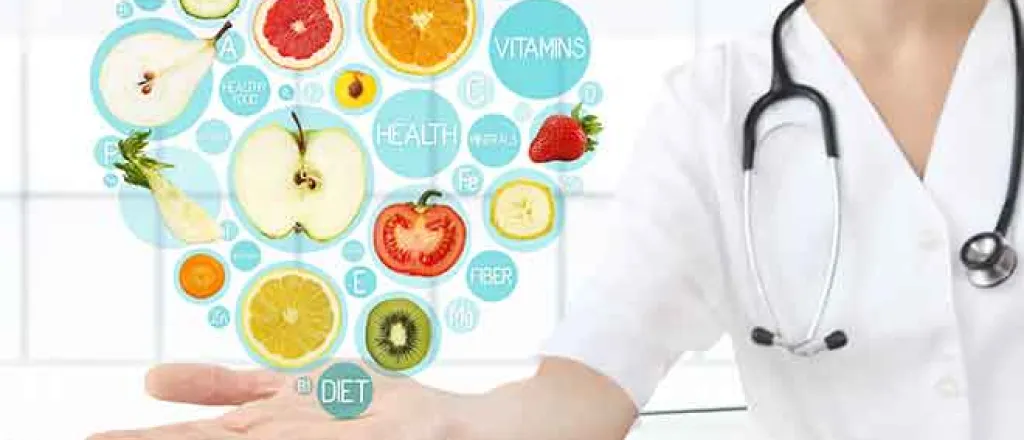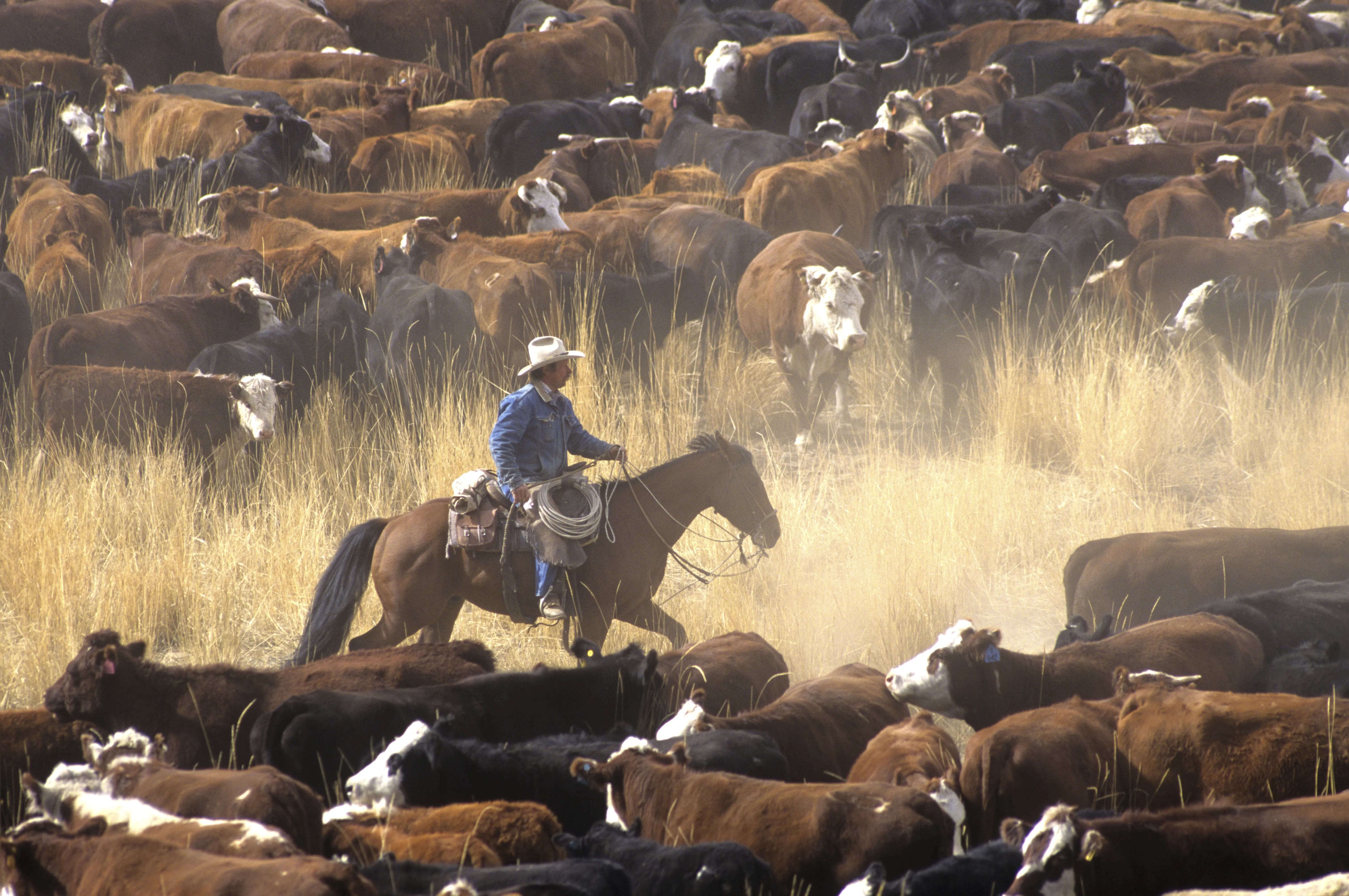
Dear Dietitian – How do I gain weight and lower my LDL cholesterol at the same time?
Dear Dietitian,
I recently lost forty pounds to get my cholesterol level down. My LDL went from 150 to 117, and I’d like to get it down to 100. I am 70 years old, and the doctor wants me to gain a few pounds! He says if I were to get sick, I would need some extra weight as a safeguard. How am I supposed to gain weight AND get my LDL down at the same time? I am 5 feet 7 inches tall and weigh 135 pounds.
Paula
Dear Paula,
First, I want to congratulate you on your success! You are a dietitian’s dream! You have identified two goals that, at first glance, appear to be opposites. We generally associate high cholesterol with being overweight or with an unhealthy diet. Your doctor is correct in saying that if you encounter an extended illness, you will possibly lose weight and become malnourished. Malnourishment puts everyone at a disadvantage in recovery, especially those 65 years and older.
In case some readers need a review of cholesterol terms, low-density lipoprotein (LDL) is often called “bad” cholesterol, while high-density lipoprotein (HDL) is referred to as “good” cholesterol. The best way to achieve weight gain while lowering your LDL is simply to eat more healthy food. You will need to take in at least 300 extra calories every day. You may choose more fruit, more lean proteins, and more whole grains. Continue to eat healthy fats, those that are monounsaturated or polyunsaturated, and consume less saturated fats (animal fats). Limit refined carbohydrates and sugar.
Monounsaturated fats include olive oil, canola oil, nuts, avocados, nut butters, olives, and peanut oil. Polyunsaturated fats are found in corn oil, safflower oil, and sunflower oil. Omega-3 fatty acids are also included in this category, and these are found in walnuts and fatty fish, like salmon, mackerel, trout, and sardines.
The next strategy is to raise your HDL level. Increasing your HDL will help lower your LDL-cholesterol. Health experts believe that HDL acts as a house cleaner by “sweeping up” some LDL particles and carrying them back to the liver for disposal. The best way to increase good cholesterol is through exercise - just 20 minutes of moderate exercise at least four times a week.
It is also essential to avoid trans fats. While trans fats have been banned in the US, a food manufacturer is allowed to claim zero trans fat on the nutrition label even when there are 0.5 grams of trans fat per serving. If you consume only one serving once in a while, there is no problem. Look out for partially hydrogenated oils (PHOs) on the ingredients list, as these are a source of trans fats. PHOs are found in non-dairy whipped topping and non-dairy coffee creamer, to name two commonly used products.
Finally, consider seeing a Registered Dietitian Nutritionist (RDN), who will work closely with you to help you reach your goals. Most insurance plans pay for an RDN consult, and your doctor will provide a referral for you.
Until next time, be healthy!
Dear Dietitian
Leanne McCrate, RDN, LD, CNSC, is an award-winning dietitian based in St. Louis, Missouri. Her mission is to educate consumers on sound, scientifically-based nutrition. Do you have a nutrition question? Email her today at deardietitian411@gmail.com. Dear Dietitian does not endorse any products, health programs, or diet plans.

















